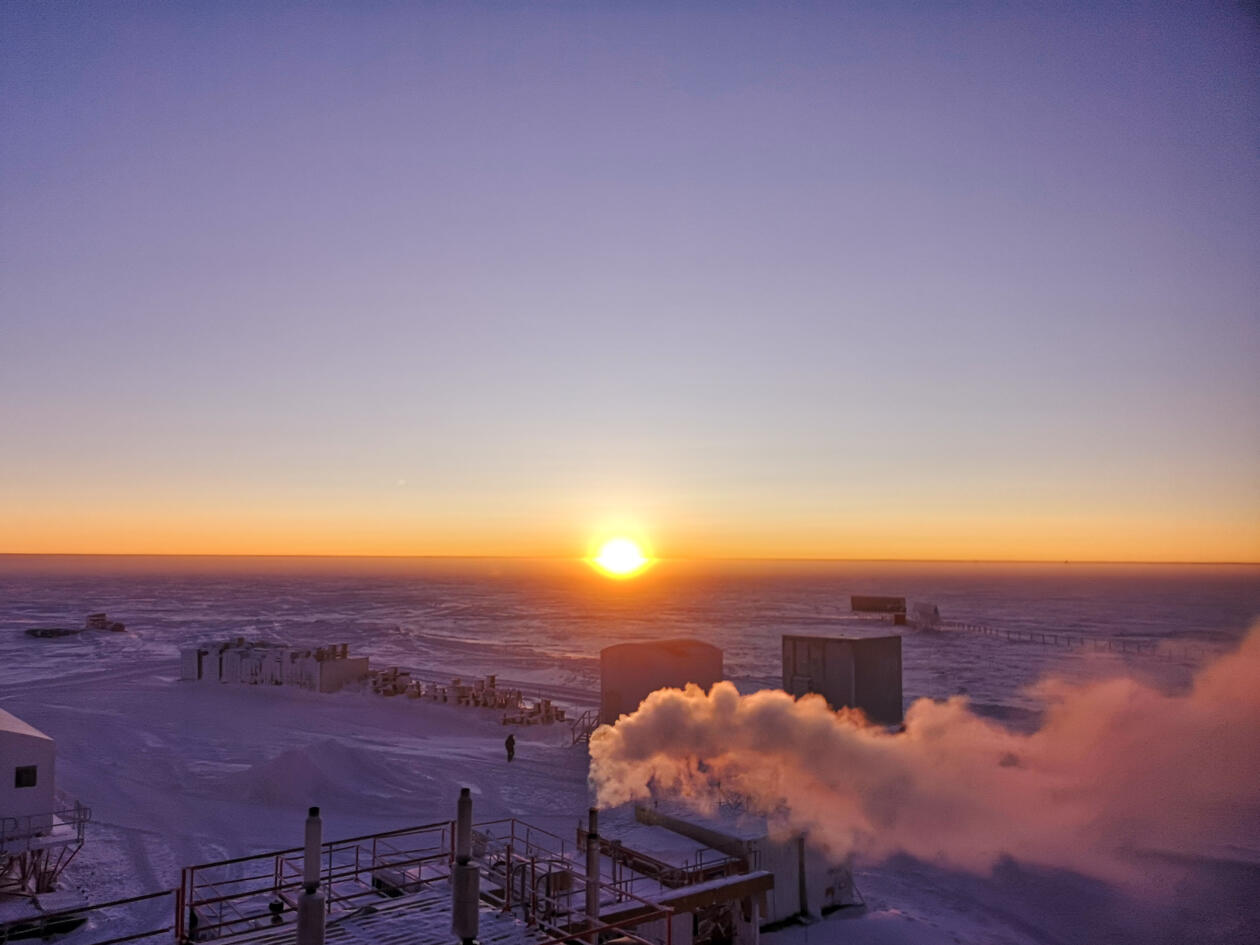Coping during Antarctic overwintering
Main content
Antarctica stands as the darkest, coldest, and windiest region on Earth, boasting the highest average elevation. Approximately 98% of the continent is enveloped in ice, transforming the landscape into a vast expanse of icy mountains, glaciers, or smooth ice sheets, particularly away from coastal regions. Temperatures can range from about -62°C to -55°C (-80°F to -67°F) during winter. Antarctica experiences only two seasons: summer, with six months of continuous daylight near the South Pole, and winter, characterized by six months of perpetual darkness.
This extreme environment presents challenges for those stationed at Antarctic research stations, with complete physical isolation from the outside world, severe restrictions on travel due to darkness and weather conditions, and periods when supplies cannot be delivered or evacuation in emergencies may be impossible. Consequently, these research stations in Antarctica serve as compelling analogues to spaceflights, especially missions to Mars and beyond, owing to the remoteness and physical isolation experienced by the crew.
Annually, the European Space Agency (ESA) sponsors research at the Concordia station, a permanent international research facility situated high on the Antarctic ice cap at coordinates 75° 06' S, 123° 23' E. Over several years, Professor Gro Mjeldheim Sandal, along with international research teams, has conducted studies on the adaptation and coping mechanisms of personnel overwintering in Antarctica. For further details on the research, you can explore the links provided below.
https://www.frontiersin.org/articles/10.3389/fpsyg.2018.02235/full
